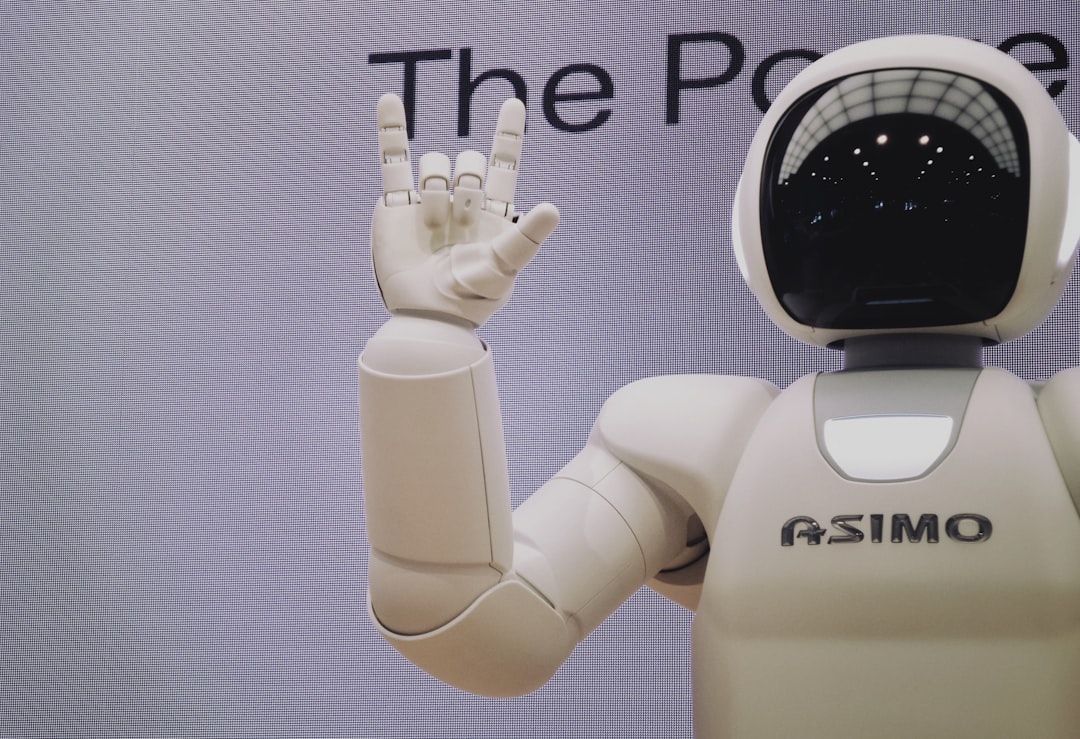Have you ever wondered what your job will look like in 2030? With Artificial Intelligence (AI) advancing at an unprecedented pace, it’s a question many of us are pondering. The truth is, the future of work isn’t about AI replacing humans entirely, but rather transforming how we work, creating new roles, and demanding a dynamic skill set. It’s an exciting, albeit challenging, era we’re stepping into! 😊
The AI Revolution: More Than Just Automation 🤔
The narrative around AI often focuses on job displacement, but the reality is far more nuanced. AI is not just about automating repetitive tasks; it’s about augmenting human capabilities, driving efficiency, and fostering innovation across industries. By 2030, activities accounting for up to 30% of hours currently worked across the U.S. economy could be automated, a trend accelerated by generative AI.
This transformation is already evident in sectors like healthcare, finance, and retail, where AI enhances decision-making, streamlines operations, and personalizes customer experiences. It’s a shift that requires us to rethink our roles and embrace new ways of collaborating with intelligent machines.
AI’s primary impact isn’t solely about replacing jobs, but rather about augmenting human work, allowing us to focus on more complex, creative, and strategic tasks. This means a significant portion of existing jobs will be reshaped rather than eliminated.
Jobs at Risk vs. Jobs Created: The Shifting Tides 📊
While AI is set to displace some jobs, particularly those involving repetitive tasks, it’s also a powerful engine for job creation. The World Economic Forum’s (WEF) Future of Jobs Report 2025 predicts that by 2030, 92 million jobs will be displaced, but 170 million new ones will be created, resulting in a net increase of 78 million jobs globally. This is an optimistic forecast, but it underscores the dynamic nature of the evolving job market.
McKinsey estimates that by 2030, approximately 11.8 million workers in roles facing decreasing demand will need to transition to new lines of work. Roles in administrative assistance, customer service, food service, and production and manufacturing are particularly susceptible to automation.
Job Transformation Snapshot by 2030
| Category | Impact by AI | Examples of Roles | Key Trend |
|---|---|---|---|
| High Risk of Automation | Significant displacement | Data Entry Clerks, Bank Tellers, Postal Service Clerks, Administrative Assistants, Manufacturing Workers | Repetitive tasks, basic data processing |
| Augmented/Transformed Jobs | Enhanced by AI tools | Doctors (AI diagnostics), Marketers (AI analytics), Software Developers (AI coding assistants) | Human-AI collaboration, increased productivity |
| New Job Creation | Emerging roles due to AI | Prompt Engineers, AI Ethicists, AI Trainers, Data Scientists, Machine Learning Engineers, Cybersecurity Analysts | Specialized AI expertise, ethical considerations |
The pace of skill change in AI-exposed jobs is 66% faster than for other jobs, emphasizing the critical need for continuous learning and adaptation.
Key Checkpoints: What You Absolutely Need to Remember! 📌
Made it this far? Great! With so much information, it’s easy to forget the most crucial points. Here are three things you absolutely must keep in mind.
-
✅
AI is a Partner, Not Just a Replacement
The future workforce will be more hybrid, combining machine intelligence with human judgment. Focus on how AI can enhance your existing skills. -
✅
Continuous Learning is Non-Negotiable
Skills for AI-exposed jobs are changing 66% faster. Upskilling and reskilling in areas like AI, data analysis, and cybersecurity are crucial. -
✅
Human-Centric Skills are More Valuable Than Ever
Creativity, critical thinking, emotional intelligence, and complex problem-solving are skills AI cannot easily replicate, making them highly sought after.
Essential Skills for the AI-Driven Future 👩💼👨💻
To thrive in the 2030 job market, a blend of technical proficiency and uniquely human skills will be paramount. Employers expect 39% of workers’ core skills to change by 2030. Technological literacy, critical thinking, creativity, and emotional intelligence are among the most in-demand skills.
- AI Fluency: Understanding how to use AI tools, crafting effective prompts (prompt engineering), and comprehending AI ethics.
- Data Literacy: The ability to interpret and leverage data to drive strategic decisions.
- Cybersecurity: Protecting sensitive information and ensuring the integrity of AI applications.
- Creativity and Innovation: Generating novel ideas and solutions that AI cannot replicate.
- Critical Thinking and Complex Problem-Solving: Analyzing situations, evaluating information, and making informed decisions.
- Emotional Intelligence and Collaboration: Working effectively with others, understanding human nuances, and leading teams.
PwC’s 2025 Global AI Jobs Barometer indicates a 56% wage premium for workers with AI skills, highlighting the financial incentive for upskilling.
Real-World Examples: Industries Embracing AI 📚
AI’s transformative power is already being felt across various sectors, creating new efficiencies and opportunities. Let’s look at some specific examples:

Case Study: AI in Healthcare
- Situation: Healthcare professionals face immense pressure, from managing vast patient data to accurate diagnostics.
- AI Application: AI-driven diagnostic tools assist radiologists in analyzing mammograms with greater accuracy, enhancing early detection and treatment outcomes. AI systems also help pathologists identify cancerous tissues and abnormalities in medical images.
Transformation Process
1) AI algorithms analyze large datasets of medical images, identifying patterns and anomalies that might be missed by the human eye.
2) Doctors use AI insights to make more informed decisions, improving patient care and reducing human error.
Final Result
– Enhanced diagnostic accuracy and speed, leading to earlier interventions and better patient outcomes.
– Doctors can focus more on patient interaction and complex cases, while AI handles data analysis.
This example illustrates how AI acts as a powerful assistant, not a replacement, allowing human professionals to elevate their work and provide higher-quality services. Other industries like finance, retail, and education are seeing similar transformations.
Conclusion: The Future is Collaborative 📝
The 2030 job market will undoubtedly be shaped by AI, but it’s not a dystopian future of widespread unemployment. Instead, it’s a future of collaboration between humans and machines, where new opportunities emerge for those willing to adapt and learn. The key is to embrace continuous learning, cultivate uniquely human skills, and understand how to leverage AI as a powerful tool.
What are your thoughts on AI’s impact on jobs? Are you excited or concerned about the changes ahead? Share your perspective in the comments below! 😊
AI’s Impact on 2030 Jobs: Key Takeaways
Frequently Asked Questions ❓
